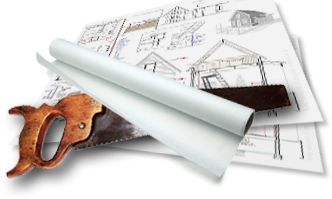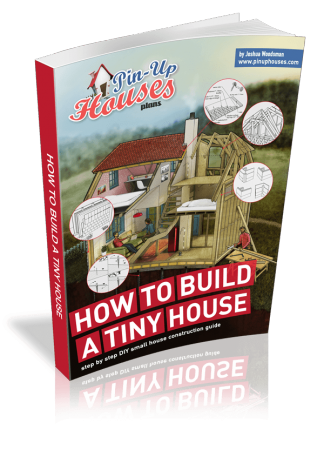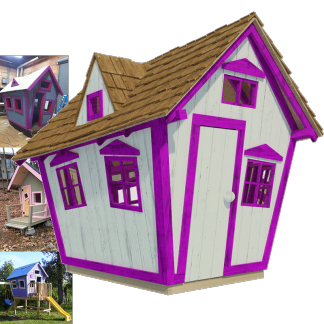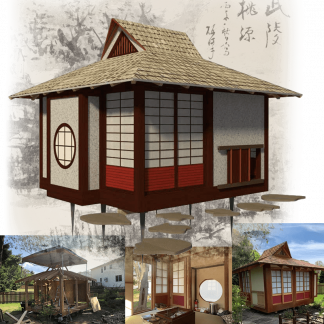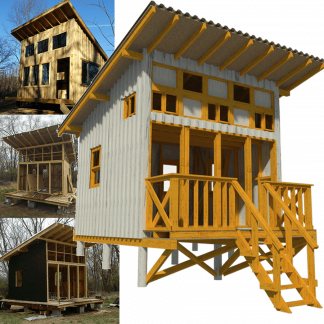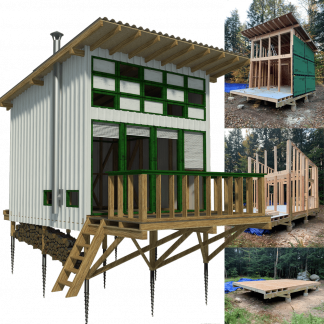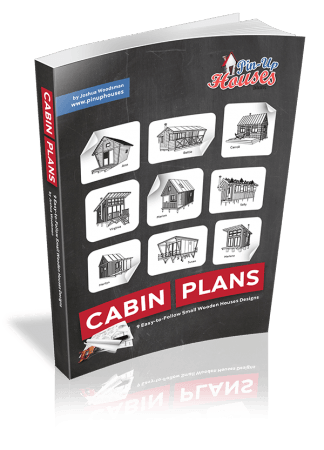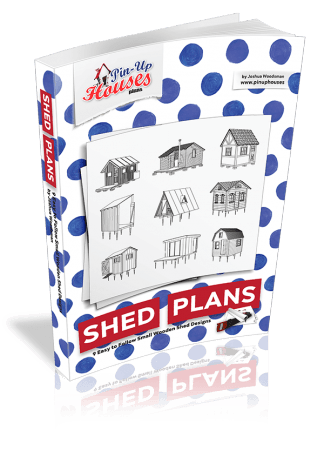
Biophilic design research reveals a remarkable truth: incorporating natural elements into confined spaces can slash stress levels by up to 60%, transforming how we experience our indoor environments. This fascinating insight holds particular relevance for small cabin spaces where every design choice carries heightened impact.
Nature-themed wall murals, including photowall wallpaper collections, offer a powerful solution for cabin dwellers seeking both visual appeal and psychological benefits. These transformative design elements do more than merely decorate – they create an immersive connection to nature that triggers profound physiological responses. Studies demonstrate that exposure to natural imagery lowers cortisol levels while boosting feelings of tranquility and relaxation.
The strategic implementation of nature murals in compact spaces serves multiple purposes. Beyond their aesthetic contribution, these installations can reduce recovery time from stress by 37% and enhance cognitive function by up to 26%. For cabin interiors, where space constraints often limit traditional biophilic elements like live plants, wall murals provide an elegant solution that maximizes impact while minimizing spatial footprint. Through thoughtful selection and placement, nature murals transform modest cabin spaces into restorative retreats that nurture both mind and spirit.
Where the wild walls are
Recent neurological studies reveal that simply gazing at natural imagery can trigger the same stress-reducing responses as walking through an actual forest. This fascinating discovery opens up remarkable possibilities for transforming confined cabin spaces.
When selecting nature-themed murals, understanding their psychological impact helps create more purposeful designs. Forest scenes particularly excel at lowering cortisol levels while mountain vistas enhance cognitive function. Waterfall imagery adds dynamic movement, perfect for spaces where creativity needs to flow. Your choice of natural elements can strategically address specific wellness goals.
The magic lies in how our brains process these scenes. Complex fractal patterns found in nature – think unfurling ferns or billowing clouds – activate our parasympathetic nervous system. This biological response explains why certain nature murals feel inherently soothing while others energize. A thoughtfully chosen forest mural might showcase morning sunbeams filtering through leaves, combining both calming elements and uplifting light play.
Color psychology plays a vital role too. Natural greens and blues reduce blood pressure, while warmer earth tones promote feelings of groundedness. Consider how natural light interacts with your chosen palette throughout the day – morning sun striking a misty mountain scene creates an entirely different mood than evening light on a tropical vista.
The viewing distance matters more than many realize. Large-scale landscape murals work best when viewed from at least 8-10 feet away, while detailed botanical scenes maintain their impact at closer range. This spatial relationship determines whether your nature mural serves as an immersive portal or an intimate glimpse into the natural world.
Size matters not
Large-scale landscape murals can amplify perceived room size by up to 40%, transforming even the tiniest cabin spaces into expansive visual experiences. Let’s explore how strategic design choices multiply this spatial effect.
Depth perception hinges on clever manipulation of visual elements. Cool, desaturated colors naturally recede, making walls appear further away while creating an airy atmosphere. Your mural placement should consider the interplay between light sources and surface textures – rough textures draw attention forward while smooth surfaces help areas recede visually.
When working with confined spaces, consider how light interacts throughout the day. Natural illumination striking a mural’s surface can enhance its depth-creating properties by up to 30%. Strategic placement of lighting can highlight certain areas while casting subtle shadows that add dimensional complexity to the overall design.
Scale plays a fascinating role in spatial perception. Rather than avoiding large designs in small spaces, embrace them. A continuous mural wrapping around multiple walls creates a seamless, immersive environment that tricks the eye into perceiving greater space. For maximum impact, incorporate elements that draw the gaze upward, such as towering trees or vertical patterns, naturally extending the perceived height of your room.
Remember that overlapping elements in your chosen mural design contribute significantly to depth perception. When paired with proper lighting, these layered components create an intricate dance of shadows and highlights, further enhancing the illusion of expanded space while maintaining the cozy charm of your cabin retreat.
The Nature of harmony
Research confirms that natural elements in interior design boost cognitive function by 26%, highlighting why thoughtful integration matters deeply. This remarkable enhancement stems from creating seamless connections between your mural choice and existing cabin elements.
Consider how materials interact visually. Wood grains and natural textures complement rather than compete with landscape murals, creating layered depth that enriches your space. Rustic cabin elements gain fresh vitality when paired with carefully selected nature scenes, while modern fixtures take on organic warmth through these natural backdrops.
Lighting transforms mural surfaces throughout the day, demanding strategic consideration. Morning light might illuminate forest scenes with golden warmth, while evening shadows add mystery to mountain vistas. Your lighting choices – both natural and artificial – should enhance these daily transitions, creating dynamic spaces that evolve with the sun’s journey.
Nature-inspired murals transcend mere decoration, offering profound psychological benefits while maximizing spatial potential in cabin environments. Through mindful implementation of these design elements, your compact cabin space transforms into an expansive retreat that nurtures wellbeing.
Looking ahead, advances in printing technology and sustainable materials promise even more innovative ways to bring nature indoors. Yet the fundamental principle remains unchanged: our deep-seated connection to natural environments shapes how we experience interior spaces.
Consider your cabin walls as canvases for creating immersive natural experiences. Whether you choose towering forests, majestic mountains, or serene waterscapes, remember that thoughtful implementation of nature murals creates spaces that both calm and inspire. Your cabin awaits transformation into a sanctuary where nature’s beauty meets modern design innovation.

